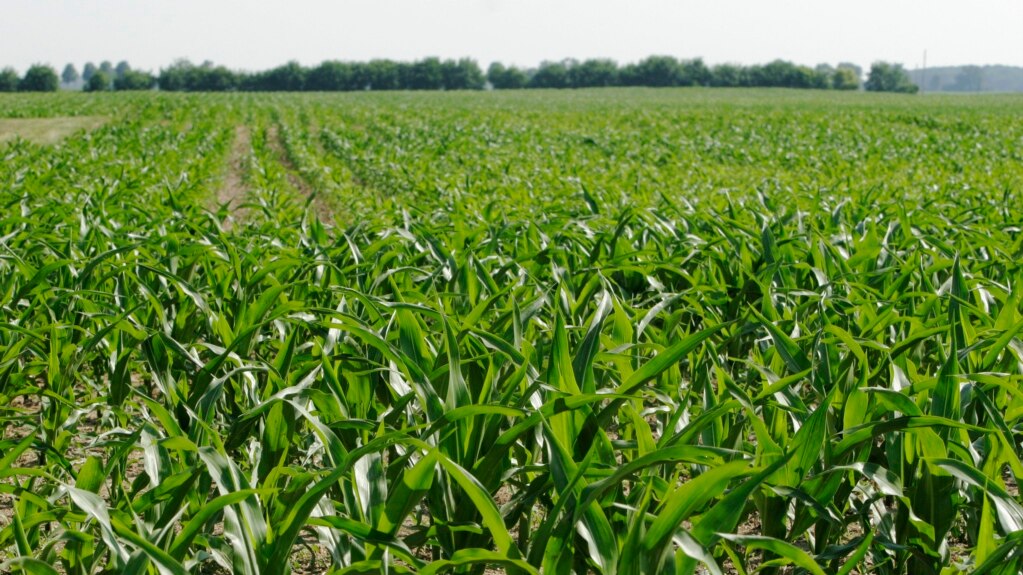Very small organisms that live in the world’s farm fields release nitrous oxide gas.
Some scientists link the gas to climate change. They are looking for a way to deal with the issue.
Now, some researchers think they have found bacteria that can help reduce the amount of nitrous oxide released. In a recent publication of Nature, scientists said tests in the laboratory and in the field showed that one kind of bacteria reduced nitrous oxide without hurting other microbes in the soil. The bacteria also survived well in soil and would not be very costly to produce.
Lars Bakken is with the Norwegian University of Life Sciences. He was one of the writers of the study. Bakken said, “It opens up...a number of new possibilities in bioengineering of the farmed soil.”
The Associated Press reports that nitrous oxide can warm the atmosphere 265 times more than an equal amount of carbon dioxide. Nitrous oxide can remain in the atmosphere for more than a hundred years.
Farmers’ use of nitrogen fertilizer drives up the amount of nitrous oxide produced in soil.
The U.S. Environmental Protection Agency said that, in 2022, nitrous oxide made up six percent of all U.S. greenhouse gas emissions from human activities.
That is a big problem in agriculture, said Lori Hoagland of Purdue University in the state of Indiana. Hoagland was not involved in the recent study.
She described the plan to reduce nitrous oxide as “really interesting.”
How the work was done
Bakken and other researchers used organic waste to grow their bacteria. Building on past work, the researchers looked for a microorganism that would last long enough to reduce nitrous oxide emissions without staying in the soil so long that it hurt other life forms that are important for crop health.
In field tests, the researchers used robots to measure nitrous oxide emissions during the day and during the night.
They compared conditions in soil with and without the bacteria. Researchers found the bacteria reduced the nitrous oxide emissions of the first fertilizer treatment by 94 percent.
Two weeks later, the bacteria reduced the emissions of a second fertilizer treatment by about half. After about three months, there was no difference in the makeup of microbial life forms. This suggested to the researchers that their bacteria would not change or hurt the soil.
The bacteria that researchers used is found naturally in anaerobic digesters, machines that are already being used to turn organic waste products like cow manure into biofuels. The researchers said the bacteria are not genetically modified. That might ease acceptance of their use, said Paul Carini of the University of Arizona.
Carini was also not involved in the research.
Bakken said the bacteria could be included in some fertilizers on farms in three to four years if people think it is worth the cost.
Carini thinks using the bacteria is worth it.
“Any time you’re using a waste product from one industry to benefit another industry, that’s pretty cost effective,” he said.
However, Bakken pointed out that farmers are not paid for reducing nitrous oxide emissions. He thinks there must be additional incentives for emissions reductions. “The task for the authorities is to install policy instruments that makes it profitable in one way or another,” he said.
Hoagland, the Purdue professor, said more research in field conditions would likely be needed before the bacteria could be used worldwide. That is because soil is different in places around the world.
“If they can get this to work across soils...it would just have a tremendous impact, for sure,” she said.
I’m John Russell.

